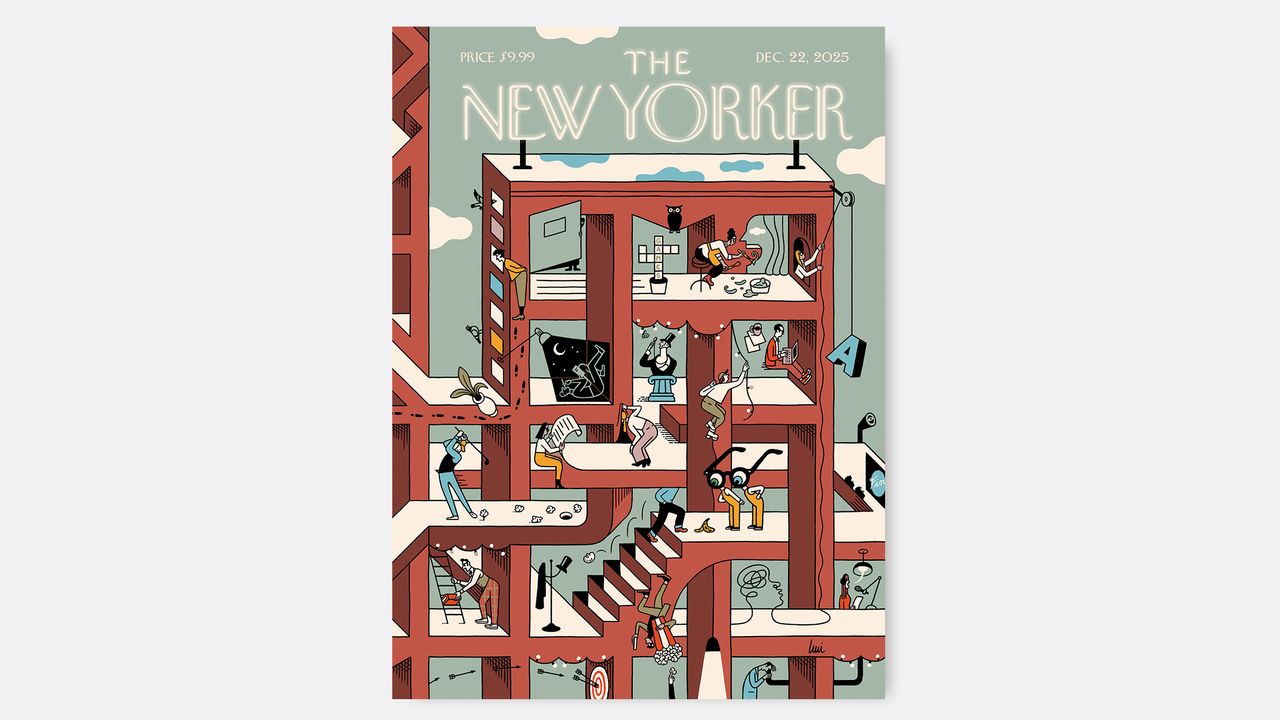Another wave of tariffs is hitting furniture, timber, and lumber, raising concerns about escalating costs. While the White House insists these policies are rooted in “fairness” and “reciprocity,” critics worry about the broader economic toll of protectionist measures.
Tariff fallout: Mounting costs of Trump protectionism

Key Takeaways:
- Another round of tariffs now targets cabinets, furniture, timber, and lumber
- The White House defends these measures as “fairness” and “reciprocity”
- Mounting economic costs are highlighted, pointing to the toll on businesses and consumers
- The administration’s approach is part of a continuing protectionist trade strategy
- Concerns are rising about potential long-term fallout
A New Wave of Tariffs
With another round of tariffs taking effect this week, products such as cabinets, furniture, timber, and lumber are facing higher duties. This move follows a series of import taxes introduced under the Trump administration as part of its broader protectionist framework.
The White House’s Message
According to the White House, these tariffs serve the goals of “fairness” and “reciprocity” in international trade. Officials argue that leveling the playing field through targeted tariffs is necessary to address alleged imbalances in global commerce.
Mounting Costs
Despite these assurances, many observers have raised concerns about the mounting costs tied to these measures. The phrase “mounting costs of Trump protectionism” has become increasingly common, signaling apprehension about potential ripple effects on businesses and consumers.
Broader Implications
While proponents say tariffs protect domestic industries, the question remains whether the overall economic burden might outweigh those benefits. As higher prices and supply chain pressures emerge, the debate over the true impact of these protectionist measures continues to intensify.











